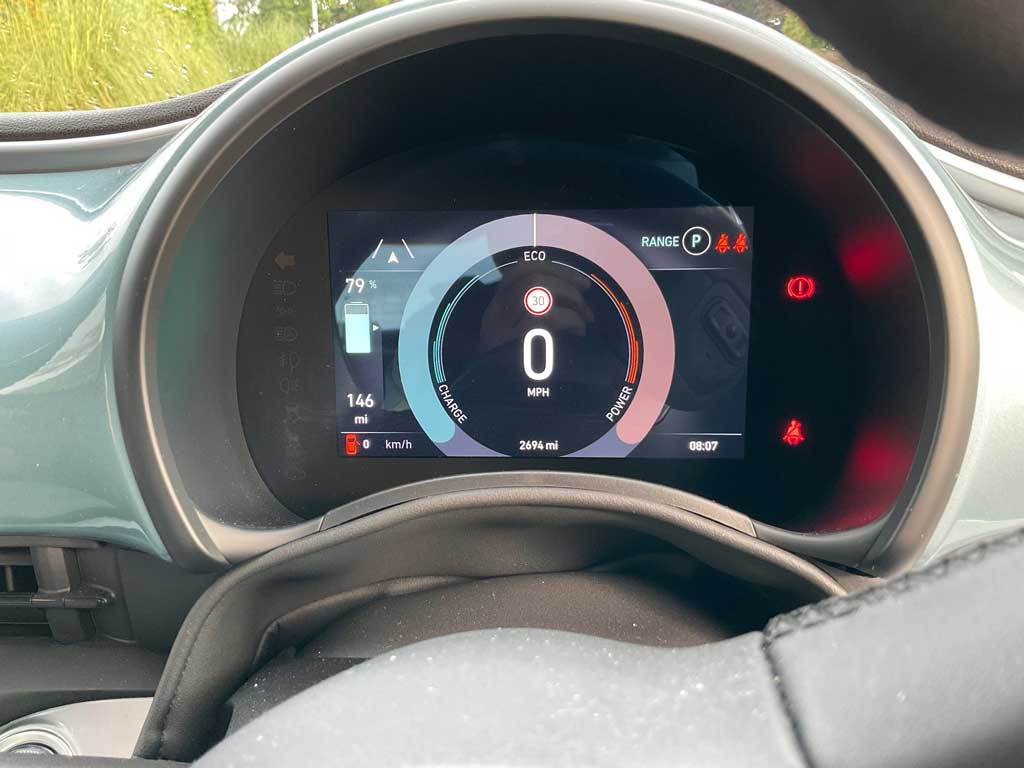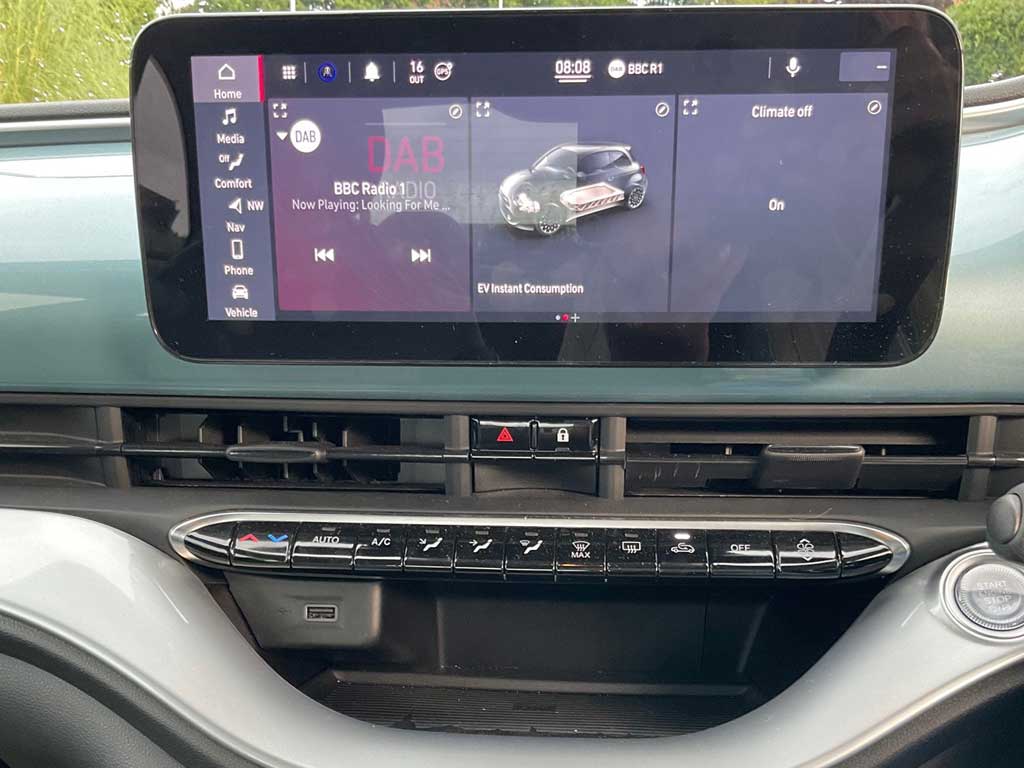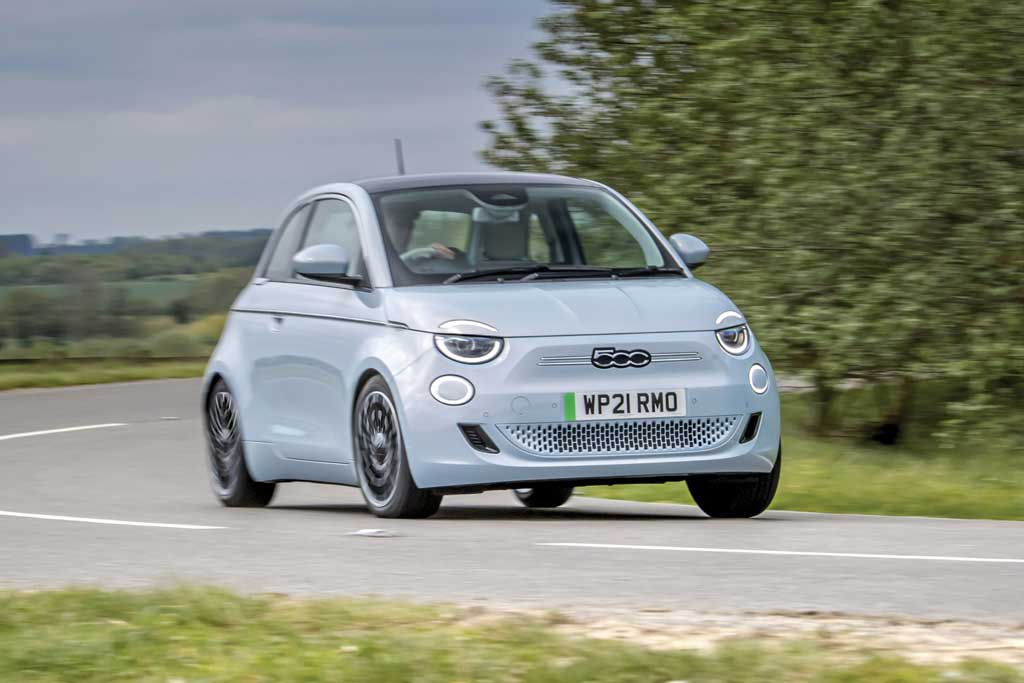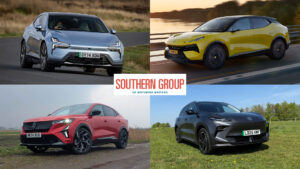Like others, it has a choice of one-pedal drive, allowing hardly any use of the brakes.
The car did alarm me once when it reckoned I was about to hit the car in front approaching a stop sign and started the braking procedure. It turned out that the car was in the ‘nearest’ range… that can be changed. But, anyway, hang on… if the brake pedal is not used, surely the driver behind gets no warning that you’re slowing down or stopping? But they do: let’s say you’re at 30mph and coming off the accelerator — at about 20mph the brake lights come on; by the way, in ‘Range’ mode, the car will come to a stop from 30mph in about 25 metres.
In ‘Normal’ mode, it’s like a conventional fossil-fuel car. For the record, ‘Sherpa’ is another mode that limits the maximum speed to around 45mph when the motor batteries are getting low, along with a red warning alert.
The input of power by your right foot is as smooth as could be wished; as speed builds up, the system’s gentle humming dissipates into other road noise and returns briefly as a noticeable whine at around 47mph. And that’s all the noise, with the exception of a slight suspension-graunching as the car comes to a halt, particularly noticeable when undertaking small manoeuvres in reverse.
Electric (in both senses of the word) acceleration is a feature of EVs and this Fiat is no exception. A 0-62mph sprint time of just over nine seconds is secondary to a very rapid take-off or mid-range spurt. (This Fiat offers 118bhp/87kW.)
Most roads in the UK now being what they are, short-wheelbase cars like the Fiat tend to be less able to iron out all those undulations and imperfections. This is not to say that this car falls short in this respect, because the ride, although sometimes wobbly, is comfortable and so are the seats.
The steering and handling are fine and the car is generally very pleasant to travel in.
From the driver’s point of view, all the controls for driving are very neat and the stylish dashboard and console are refreshingly simple. The main instrument is backlit by stylish pastel colours and can be switched for different displays.
The boot is small, of course, but very easily extendable by folding the seats. Placed in the boot is a bag containing the necessary charging cables.
The sat-nav was clear, although using the voice command system was at first puzzling. A message on the screen said it could not be used while the vehicle was in motion — the opposite of what you’d expect. However, not quite believing this, I persisted and somehow my navigation instructions were accepted.
I found that the screen’s automatic switch from day to night-mode was too sensitive, while passing under trees, for example and taking a while to revert. A delve into the personalisation available sorts this out, although it does take a bit of a learning experience to work it out.
Lane-departure systems have their use. The 500’s deploys at more than 40mph and, even on country roads with no markings, you can feel quite a firm, hidden autonomous hand at work, but, thankfully, not the unnecessary audible alert signal found in some other cars. However, it was another puzzle that the system seemed not always to recognise some dotted white lines.
Nice little features include the push-button door-openers and the simplest of push-button P, R, N, D controls for the automatic transmission.


How do you ‘fill up’?
My most convenient charge-point happens to be Instavolt. After working on the mathematics, I reckoned that the difference in fuel/charging costs in this case was roughly 2.8 to one in the electric’s favour, measured against the top Fiat 500 1.2 petrol car’s official consumption figure.
Home-charging would be a lot cheaper and of course a lot longer… I charged from 25% to 90% in about 45 minutes. Then, later, 52% to 80% in 19 minutes, costing £4.31, with the range displayed at 150 miles.
A real-life range seems to be around 180 miles from 100%; this would assume mainly fairly short journeys without too much at 70mph on the motorway.
But the ‘conventional’ top-of-the-range Fiat 500 Rockstar model is £16,800, no less than £10,000 cheaper than the electric vehicle. Knock off the government £2,500 grant and you’re still way different — £29,598 including accessories for the test car.
It’s a very big ask, therefore, to salve your conscience and go Fiat all-electric.

